Home>Others>Eco-Friendly Products>How To Get Worms In A Compost Bin
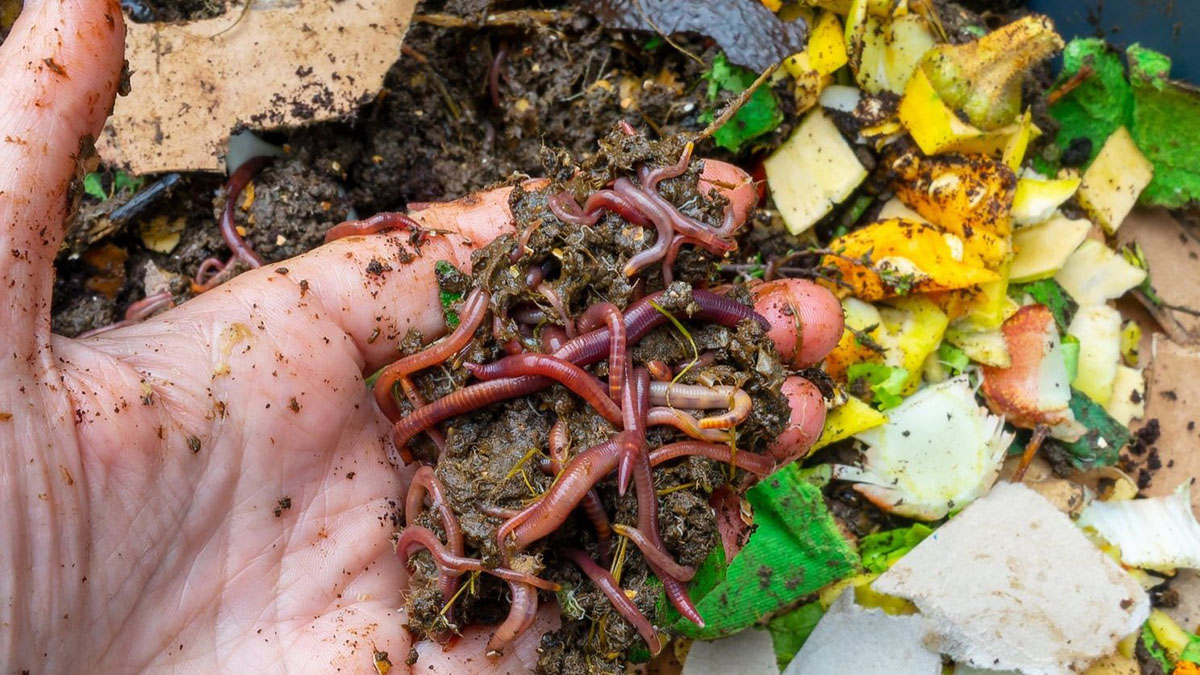

Eco-Friendly Products
How To Get Worms In A Compost Bin
Modified: February 18, 2024
Learn how to get worms in a compost bin and create eco-friendly products with our step-by-step guide. Start your sustainable journey today!
(Many of the links in this article redirect to a specific reviewed product. Your purchase of these products through affiliate links helps to generate commission for Storables.com, at no extra cost. Learn more)
**
Introduction
**
So, you've decided to take the eco-friendly route and start composting. Congratulations! Composting is an excellent way to reduce waste, enrich the soil, and contribute to a healthier planet. But what's the secret ingredient that can supercharge your compost and turn it into a nutrient-rich powerhouse? The answer lies in the fascinating world of worms.
Worms play a crucial role in the composting process by breaking down organic matter and turning it into nutrient-dense fertilizer known as worm castings. These castings are a gardener's best friend, enriching the soil and promoting the growth of healthy, vibrant plants.
In this guide, we'll delve into the art of getting worms in a compost bin, from understanding their importance to choosing the right type of worms, setting up the ideal composting environment, and harvesting the precious worm castings. Whether you're a seasoned gardener or just dipping your toes into the world of composting, this comprehensive guide will equip you with the knowledge and skills to harness the power of worms and take your composting game to the next level.
So, grab your gardening gloves and get ready to embark on a journey into the wonderful world of worm-powered composting!
Key Takeaways:
- Worms are essential for supercharging compost, turning organic waste into nutrient-rich fertilizer. Their presence promotes healthy plant growth and reduces the need for chemical interventions, contributing to a greener planet.
- Choosing the right type of worms and maintaining their ideal environment is crucial for successful vermicomposting. Harvesting worm castings yields a potent natural fertilizer that enriches the soil and supports sustainable gardening practices.
Read more: How Many Worms Do I Need For My Compost Bin
Understanding the Importance of Worms in Compost
Worms are the unsung heroes of the composting world, playing a pivotal role in the decomposition of organic matter. Unlike traditional composting methods, vermicomposting, or composting with worms, offers a host of benefits that can elevate the quality of your compost and the health of your plants.
One of the key contributions of worms to the composting process is their ability to break down organic waste more efficiently than traditional decomposition methods. Their voracious appetite for organic matter, coupled with their efficient digestive systems, allows them to convert kitchen scraps, yard waste, and other organic materials into nutrient-rich castings at an accelerated rate.
Furthermore, worm castings are teeming with beneficial microorganisms and enzymes that aid in the breakdown of nutrients, making them a potent natural fertilizer for plants. When incorporated into the soil, worm castings improve its structure, enhance water retention, and promote the growth of beneficial soil bacteria and fungi, creating an optimal environment for plant growth.
Another remarkable benefit of vermicomposting is its ability to suppress plant diseases and pests. The presence of beneficial microorganisms in worm castings helps to fortify plants’ natural defenses, making them more resistant to harmful pathogens and pests. This natural pest and disease control mechanism can reduce the need for chemical interventions, aligning with eco-friendly and sustainable gardening practices.
Moreover, vermicomposting contributes to waste reduction by diverting organic materials from landfills, where they would otherwise contribute to greenhouse gas emissions. By harnessing the power of worms to convert organic waste into valuable fertilizer, you are actively participating in the reduction of environmental pollution and the conservation of natural resources.
Understanding the pivotal role of worms in composting underscores their significance as invaluable allies in the journey towards sustainable and environmentally conscious gardening practices. By embracing vermicomposting, you are not only nurturing your plants but also contributing to a greener, more sustainable planet.
Choosing the Right Type of Worms
When venturing into the world of vermicomposting, selecting the right type of worms is a crucial step in ensuring the success of your composting endeavors. Not all worms are created equal, and choosing the appropriate species will significantly impact the efficiency and quality of the composting process.
The most commonly recommended species for vermicomposting is the Eisenia fetida, also known as red wigglers. These voracious eaters thrive in organic-rich environments and possess the remarkable ability to consume large quantities of organic waste relative to their body weight. Their rapid reproduction rate and adaptability to varying environmental conditions make them the ideal choice for composting enthusiasts.
Another popular species for vermicomposting is the Eisenia hortensis, commonly referred to as European nightcrawlers. These larger, robust worms are adept at processing organic materials and are particularly well-suited for outdoor composting systems. Their burrowing behavior enhances soil aeration and drainage, contributing to the overall health of the composting environment.
When selecting worms for your composting bin, it’s essential to procure them from reputable sources to ensure their health and vitality. Avoid harvesting worms from the wild, as they may not possess the desirable traits for efficient vermicomposting and could introduce unwanted pests or diseases to your composting system.
Before introducing worms to your compost bin, it’s crucial to create a hospitable environment that meets their basic requirements. This includes providing a bedding material such as shredded newspaper or coconut coir, maintaining optimal moisture levels, and ensuring adequate aeration to facilitate the worms’ activities.
By carefully selecting the right type of worms and creating a conducive environment for their thriving, you are laying the foundation for a successful vermicomposting journey. These industrious creatures will work tirelessly to transform your organic waste into a valuable resource, enriching your garden and contributing to a more sustainable and eco-friendly lifestyle.
Add a layer of moistened newspaper or cardboard to the top of your compost bin to attract worms. They love the dark, damp environment and will help break down your compost.
Setting Up a Compost Bin for Worms
Creating a suitable habitat for worms is essential to harnessing their composting prowess effectively. A well-designed compost bin provides an optimal environment for worms to thrive and diligently carry out the process of converting organic waste into nutrient-rich castings. Here’s a step-by-step guide to setting up a compost bin for worms:
Selecting the Bin:
Choose a suitable container for your worm composting system. A variety of options are available, including commercially available worm bins or DIY setups using plastic storage containers or wooden crates. Ensure that the bin provides adequate space for the worms to move and process organic matter while retaining moisture and promoting aeration.
Creating Bedding Material:
Prepare a cozy bedding material for the worms to inhabit. Shredded newspaper, cardboard, coconut coir, or a combination of these materials can serve as an ideal bedding medium. Moisten the bedding material to achieve a damp, but not waterlogged, consistency, providing a comfortable habitat for the worms.
Introducing the Worms:
Once the bedding is prepared, it’s time to introduce the star performers of the composting show – the worms! Gently place the worms on top of the bedding and allow them to burrow and acclimate to their new environment. Start with a moderate number of worms, depending on the size of your compost bin, and gradually increase their population as they settle in and begin reproducing.
Feeding the Worms:
Worms have hearty appetites and eagerly devour a variety of organic materials. Kitchen scraps such as fruit and vegetable peels, coffee grounds, tea bags, and eggshells are excellent food sources for the worms. Avoid feeding them citrus fruits, onions, garlic, dairy products, and oily foods, as these can be detrimental to their well-being. Gradually introduce food scraps to the compost bin, ensuring that the worms have consumed previous offerings before adding more.
Maintaining the Environment:
Regularly monitor the moisture levels within the compost bin, ensuring that the bedding remains damp and providing a mist of water if necessary. Additionally, aerate the bedding by gently fluffing it with a hand fork or similar tool to prevent compaction and promote airflow. Position the compost bin in a suitable location, away from direct sunlight and extreme temperatures, to create a favorable environment for the worms.
By following these steps, you can establish a thriving composting habitat for worms, empowering them to work their magic and transform your organic waste into a valuable resource for enriching the soil and nurturing your plants.
Maintaining the Ideal Conditions for Worms
Creating and maintaining an optimal environment for worms is essential to ensure their well-being and productivity in the composting process. By attending to their basic needs and providing a conducive habitat, you can support the worms in efficiently converting organic waste into nutrient-rich castings. Here are key practices for maintaining the ideal conditions for worms in a compost bin:
Monitoring Moisture Levels:
Worms thrive in a moist environment, and it’s crucial to monitor and regulate moisture levels within the compost bin. The bedding material should maintain a damp, but not waterlogged, consistency to provide a comfortable habitat for the worms. Periodically check the moisture levels and mist the bedding with water as needed to ensure a suitable environment for the worms.
Regulating Temperature:
Worms are sensitive to extreme temperatures, and maintaining a moderate climate within the compost bin is essential for their well-being. Ideally, the temperature within the bin should range between 55 to 77 degrees Fahrenheit (13 to 25 degrees Celsius). Position the compost bin in a shaded area to protect the worms from direct sunlight and shield them from temperature fluctuations that could adversely impact their activity and reproduction.
Balancing the pH:
Worms thrive in a neutral to slightly acidic environment, and it’s important to monitor and balance the pH levels within the compost bin. Avoid adding acidic materials such as citrus fruits and their peels, as well as onions and garlic, in excessive quantities, as these can disrupt the pH balance and create an inhospitable environment for the worms. Maintaining a neutral pH level ensures the worms’ comfort and well-being.
Providing Adequate Ventilation:
Adequate airflow is essential for the well-being of worms and the overall health of the composting environment. Ensure that the compost bin is equipped with ventilation holes or aeration channels to promote airflow and prevent the accumulation of excess moisture. Gently fluff the bedding material with a hand fork or similar tool to maintain a loose and aerated environment, facilitating the worms’ activities.
Feeding in Moderation:
While worms have hearty appetites, it’s important to feed them in moderation to prevent overfeeding and maintain a balanced composting ecosystem. Introduce small quantities of organic materials at regular intervals, allowing the worms to process and digest the food before adding more. Avoid overwhelming the worms with large quantities of food, which can lead to anaerobic conditions and unpleasant odors within the compost bin.
By diligently maintaining these ideal conditions, you can create a nurturing environment for the worms, enabling them to thrive and contribute to the efficient decomposition of organic waste into nutrient-rich castings. Your attentive care will be rewarded with a bountiful supply of vermicompost, enriching your garden and fostering a sustainable approach to waste management and soil enrichment.
Read more: How To Get Rid Of Rats In Compost Bin
Harvesting Worm Castings from the Compost Bin
As the composting journey unfolds, the accumulation of nutrient-rich worm castings within the compost bin signals the culmination of the worms’ diligent efforts in transforming organic waste into a valuable resource for your garden. Harvesting worm castings is a rewarding process that yields a potent natural fertilizer, teeming with beneficial microorganisms and nutrients. Here’s a comprehensive guide to harvesting worm castings from the compost bin:
Assessing Readiness:
Prior to harvesting the worm castings, it’s essential to assess their readiness for use. Mature worm castings exhibit a dark, crumbly texture and a rich earthy aroma, indicating that they are fully processed and enriched with beneficial microorganisms. The presence of recognizable organic materials, such as food scraps, is minimal in mature worm castings, signifying their readiness for harvest.
Dividing the Bin:
To facilitate the harvesting process, consider dividing the compost bin to create separate sections for the worms and the mature castings. One approach is to push the contents of the bin to one side, creating an empty space on the opposite end. This encourages the worms to migrate towards the fresh bedding and food, leaving the harvested castings accessible for collection.
Harvesting the Castings:
Once the worms have migrated to the fresh bedding, the harvested castings can be collected from the emptied section of the compost bin. Gently scoop out the mature castings, taking care to avoid disturbing the worms and their habitat. A mesh screen or sifting tool can be used to separate the castings from any remaining bedding or unprocessed materials, yielding a refined and nutrient-dense fertilizer ready for use in the garden.
Returning the Worms:
After harvesting the castings, it’s time to reintroduce the worms to their refreshed habitat. Transfer the worms from the section with fresh bedding and food scraps back to the harvested side of the compost bin, allowing them to resume their vital role in the composting process. As the worms settle into their revitalized environment, they will continue processing organic waste and producing nutrient-rich castings for future harvests.
Utilizing the Castings:
The harvested worm castings are a versatile and valuable resource for enriching the soil and promoting plant growth. Incorporate the castings into potting mixes, sprinkle them around the base of plants, or brew them into a nutrient-rich compost tea to fortify your garden with an abundance of beneficial nutrients and microorganisms. The application of worm castings fosters healthy plant growth, improves soil structure, and enhances the overall vitality of your garden.
Harvesting worm castings from the compost bin is a gratifying culmination of the vermicomposting process, yielding a prized natural fertilizer that embodies the diligent efforts of the worms and your commitment to sustainable gardening practices. By harnessing the power of worm castings, you are nurturing the health of your garden and contributing to a greener, more sustainable ecosystem.
Frequently Asked Questions about How To Get Worms In A Compost Bin
Was this page helpful?
At Storables.com, we guarantee accurate and reliable information. Our content, validated by Expert Board Contributors, is crafted following stringent Editorial Policies. We're committed to providing you with well-researched, expert-backed insights for all your informational needs.
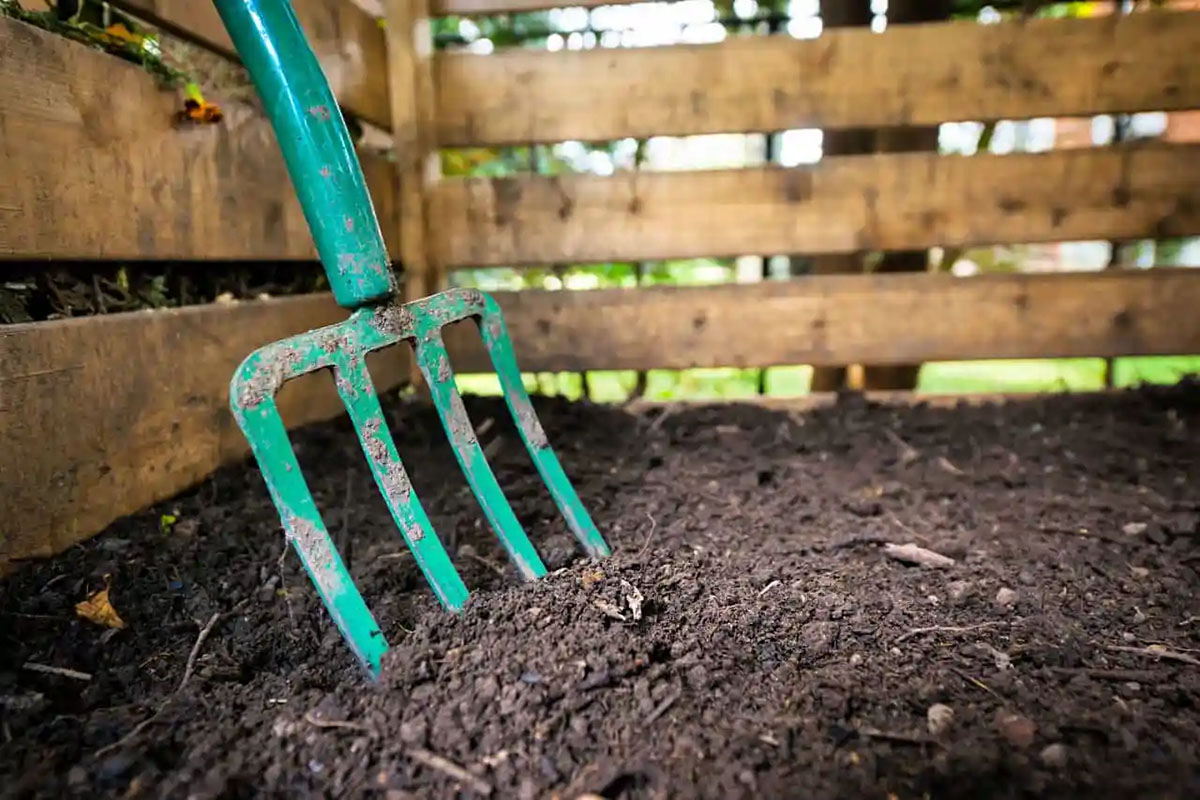
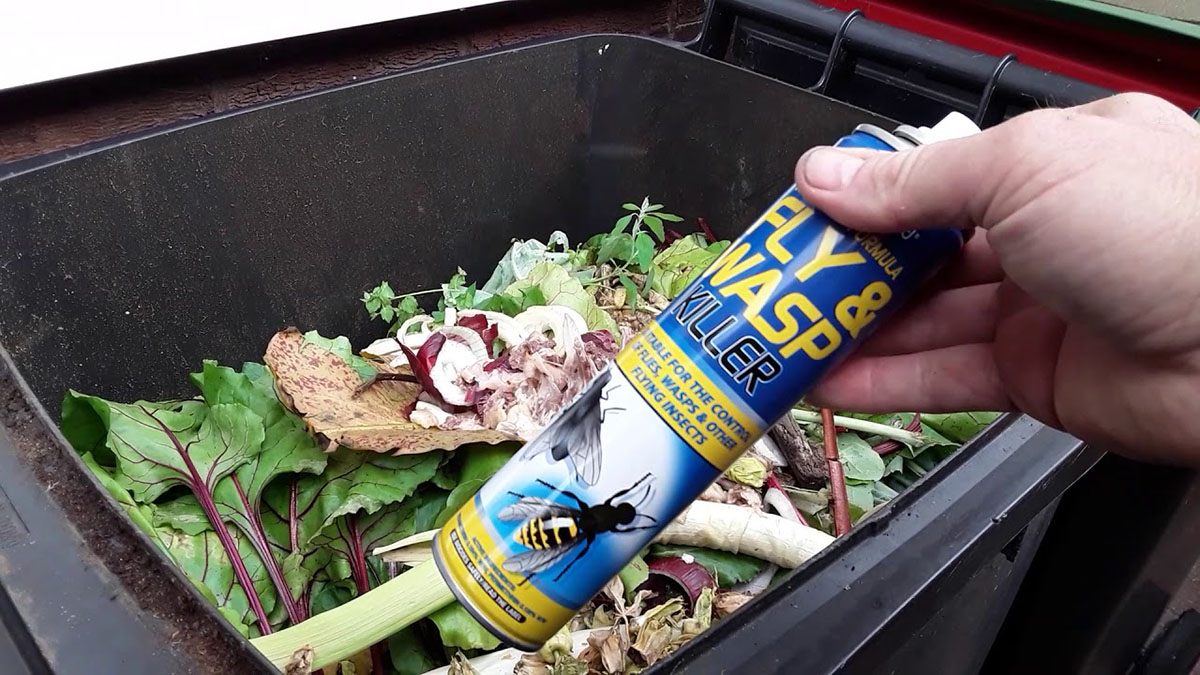
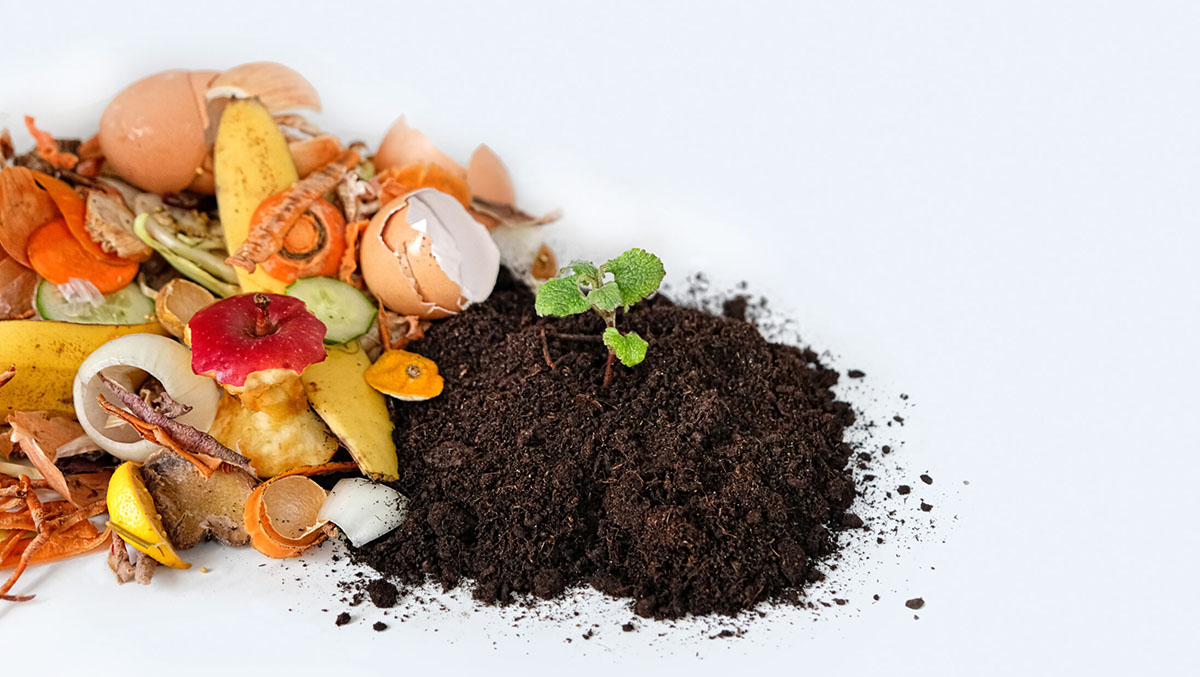
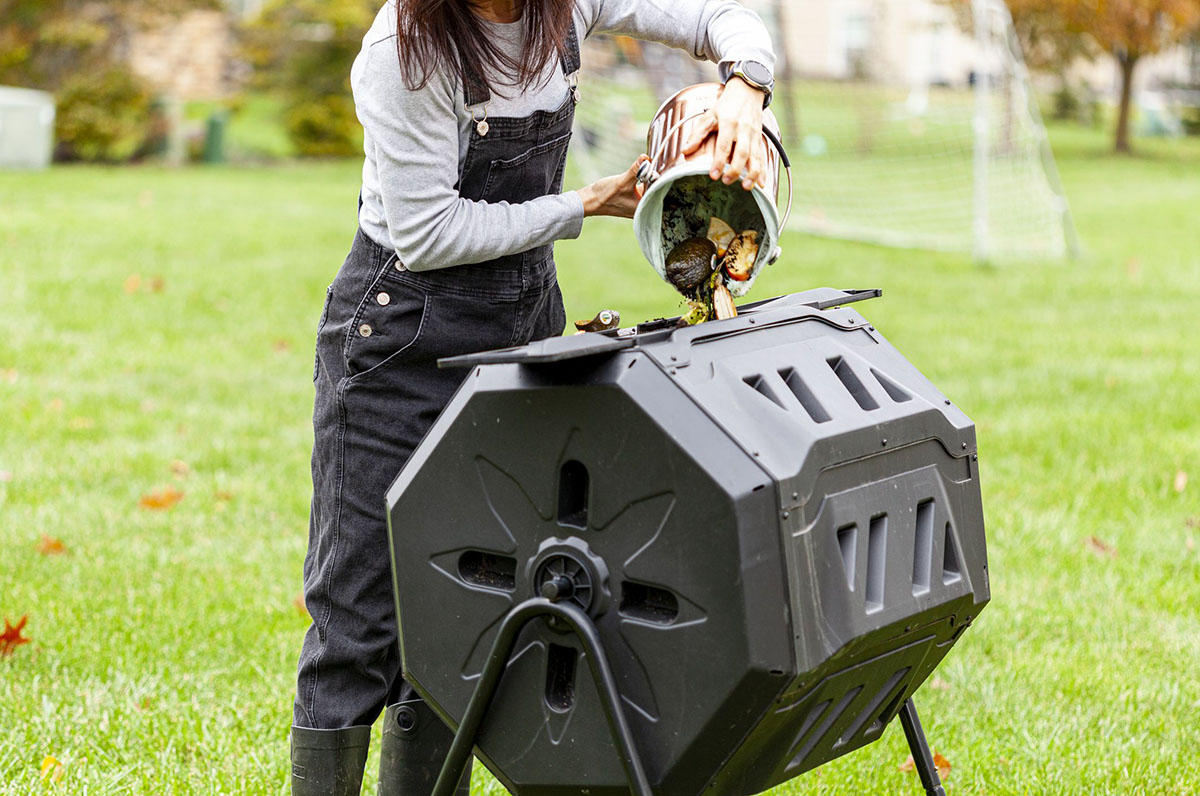
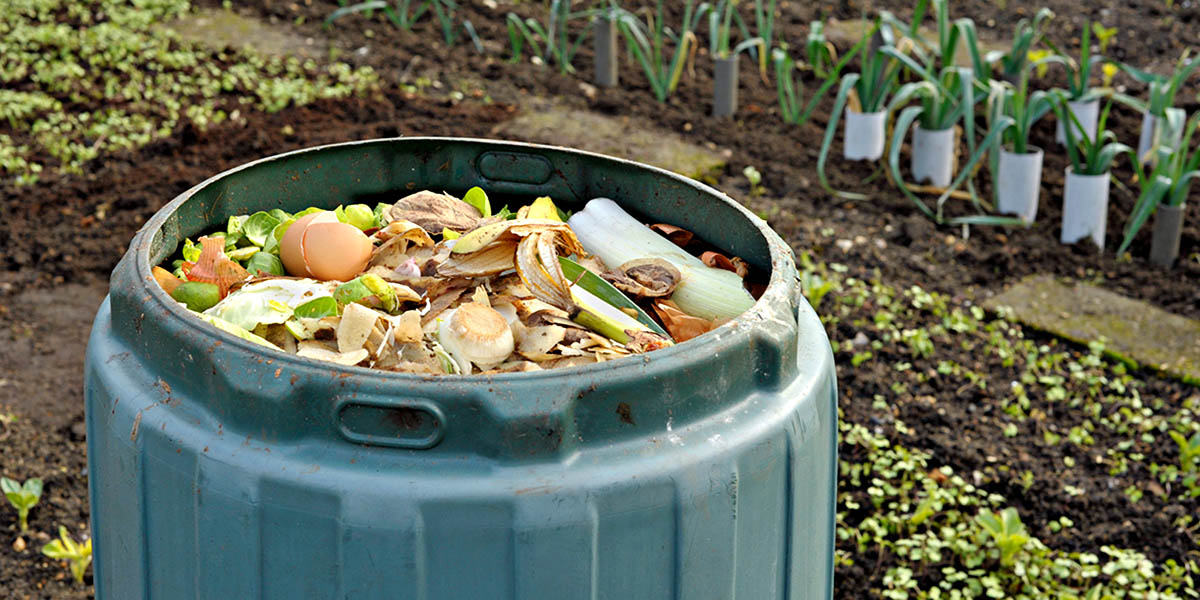
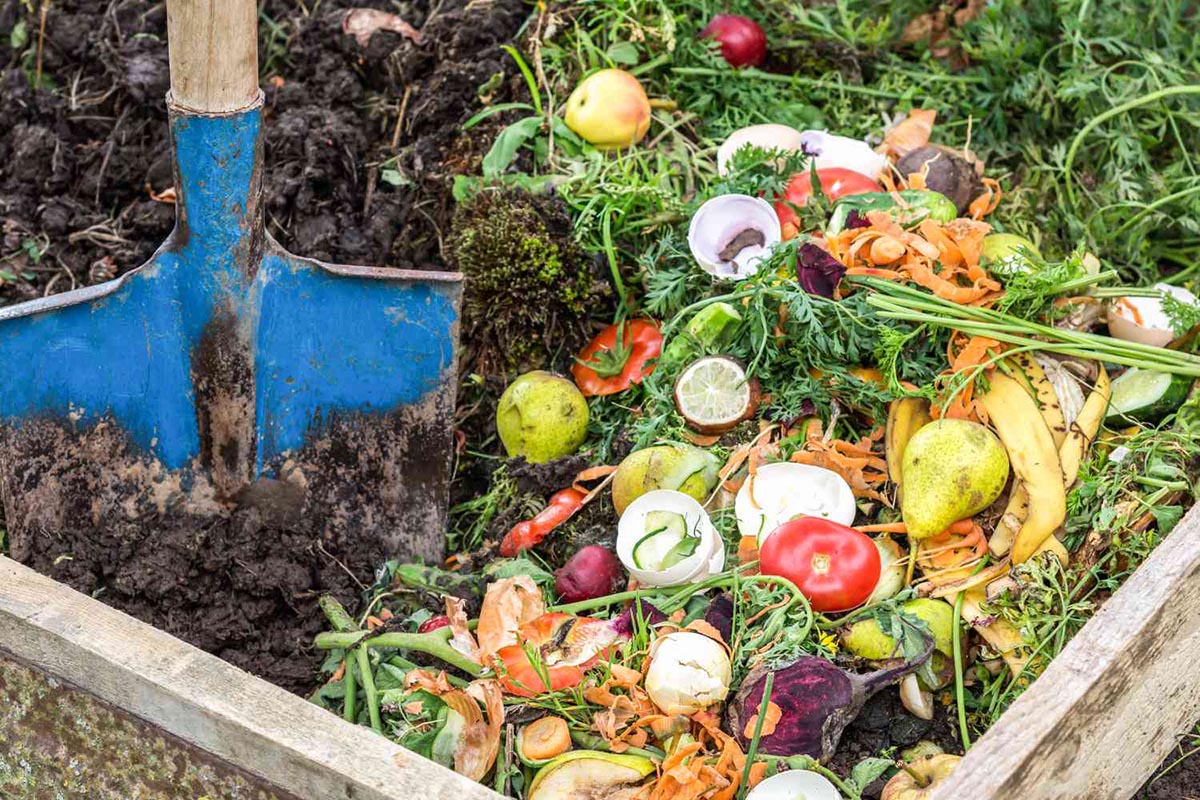
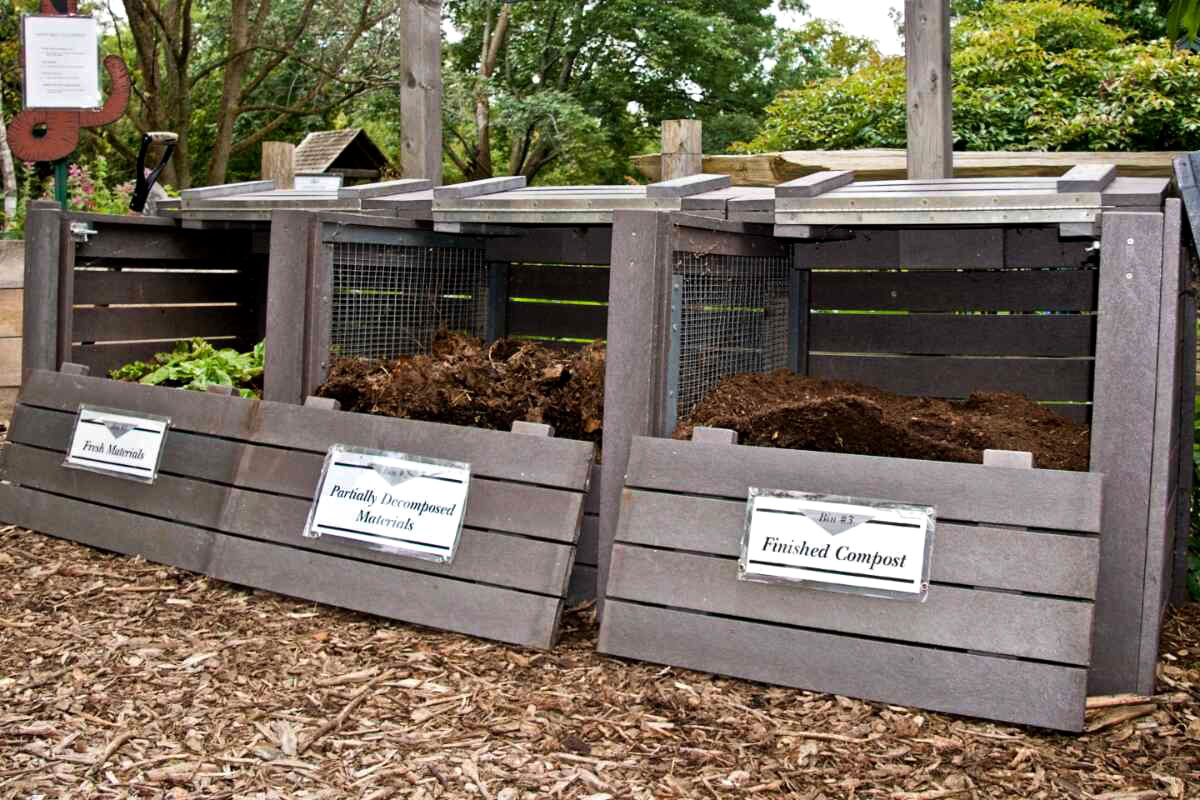
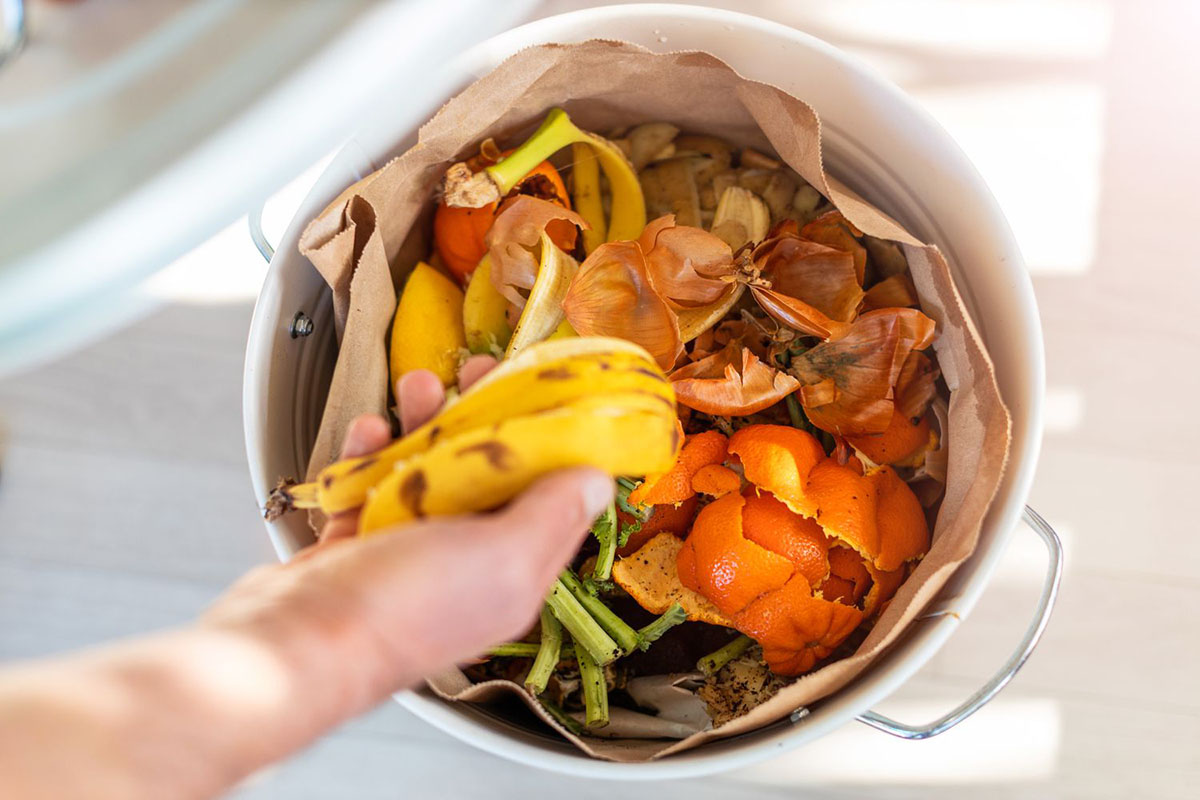
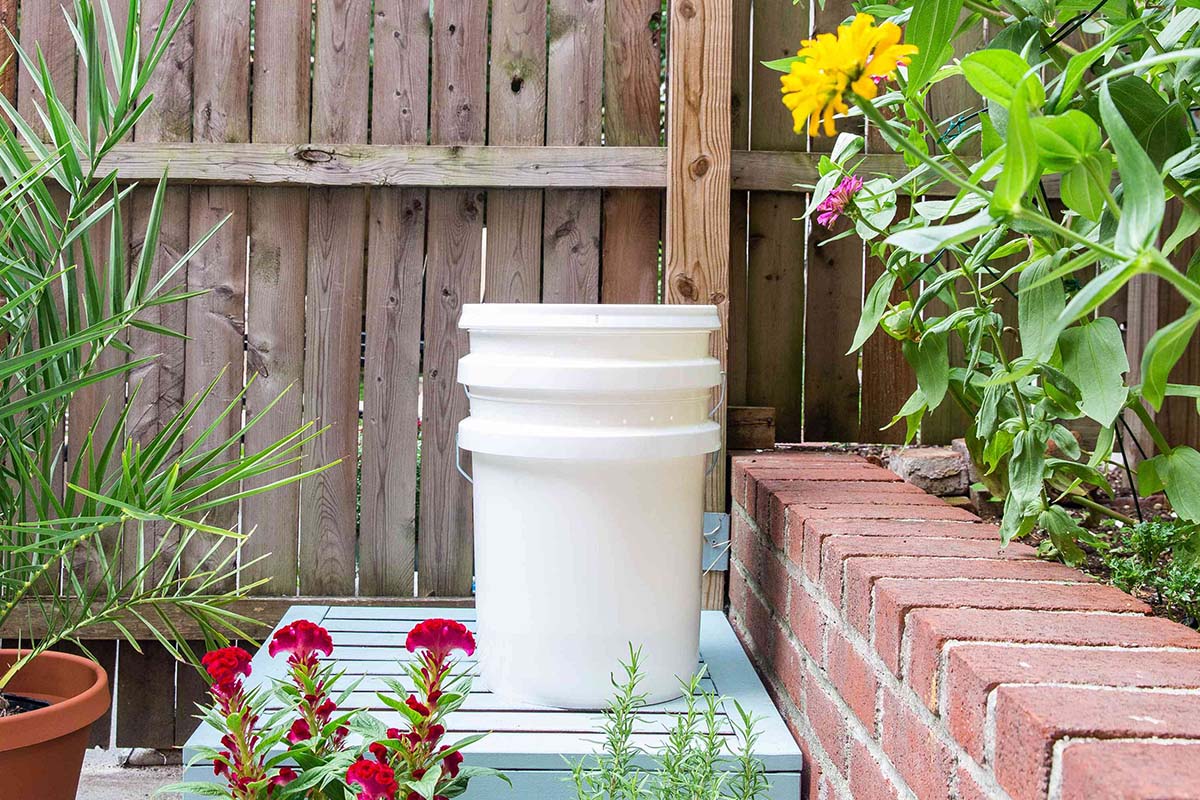
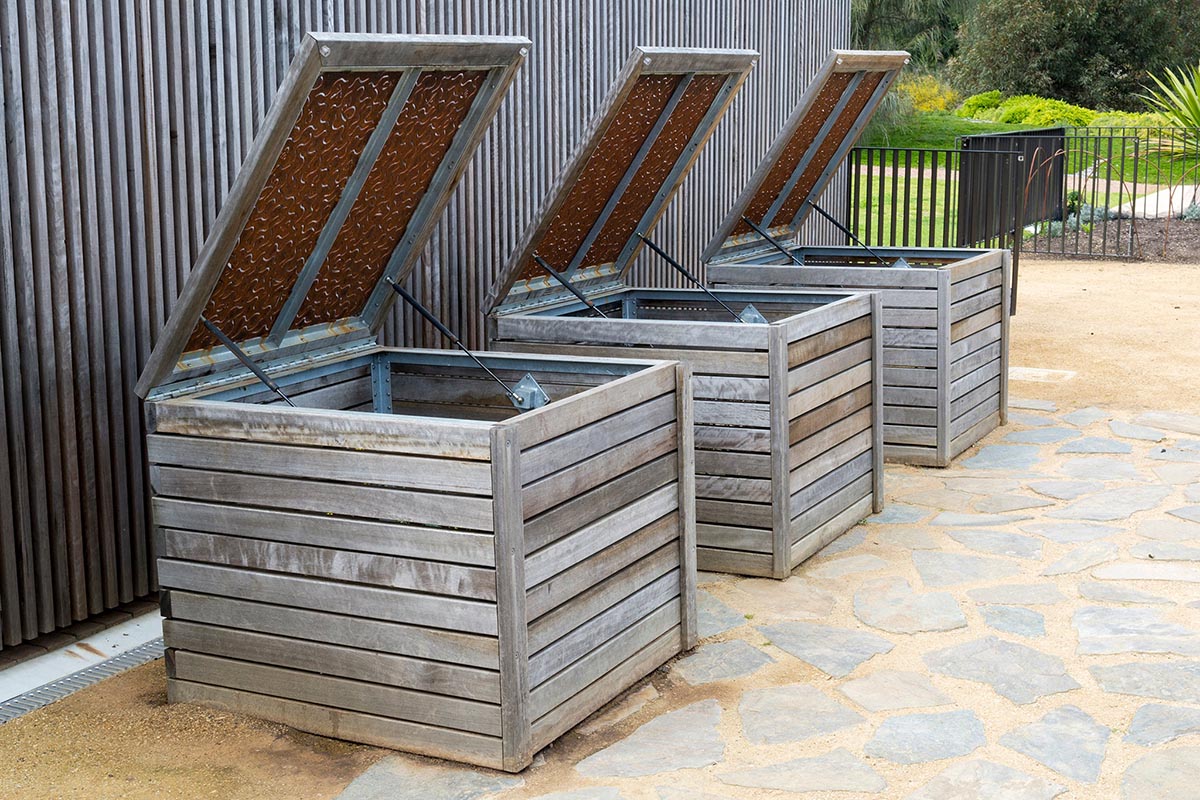
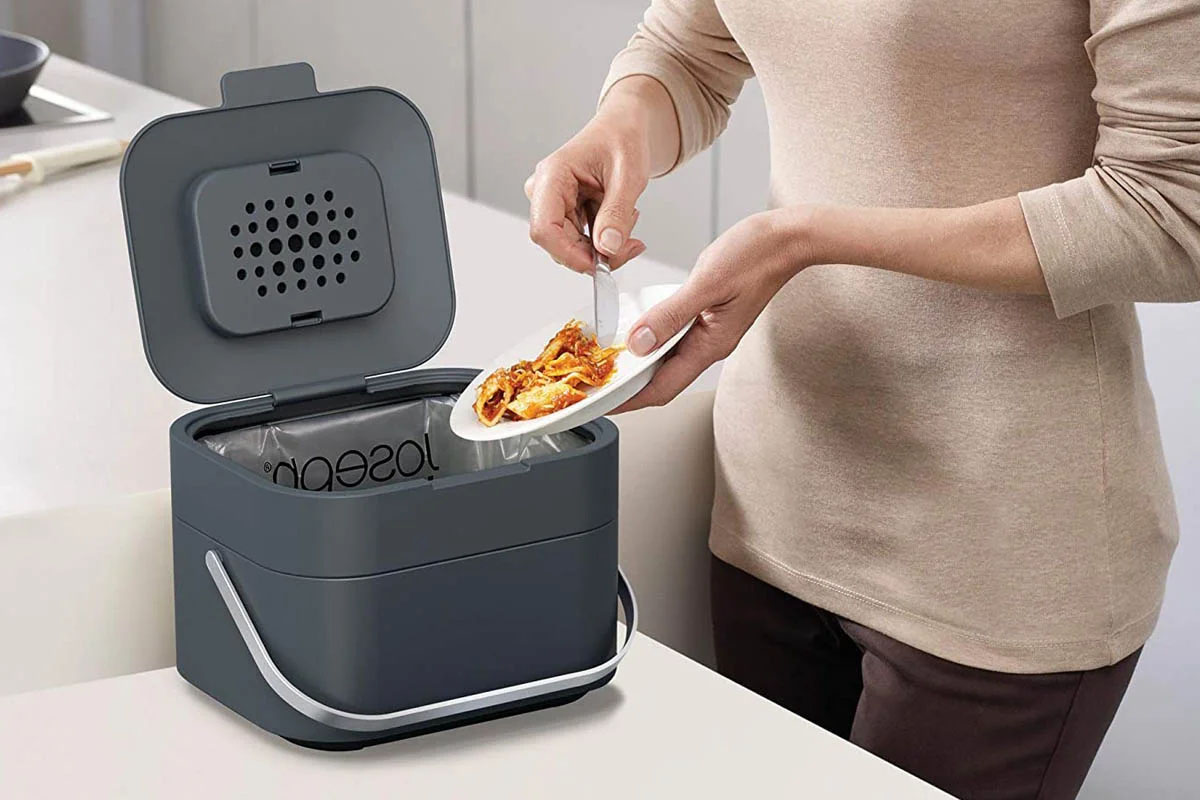
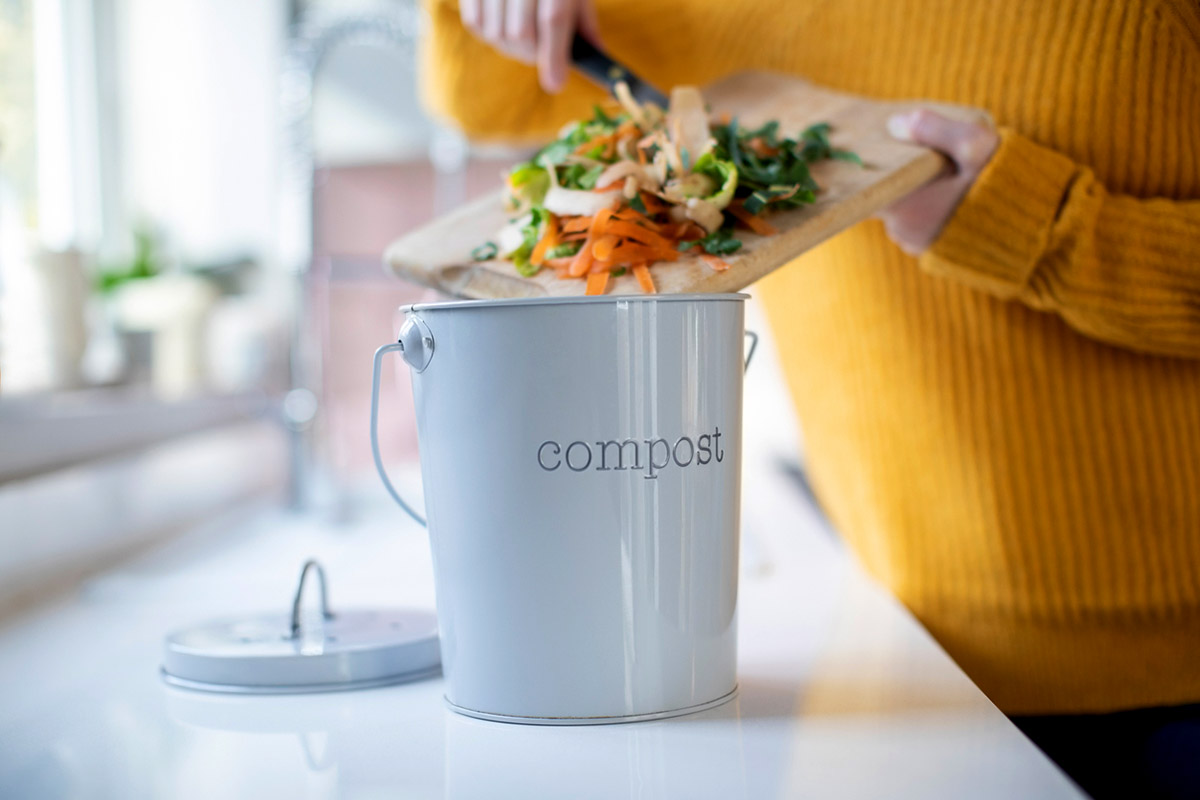
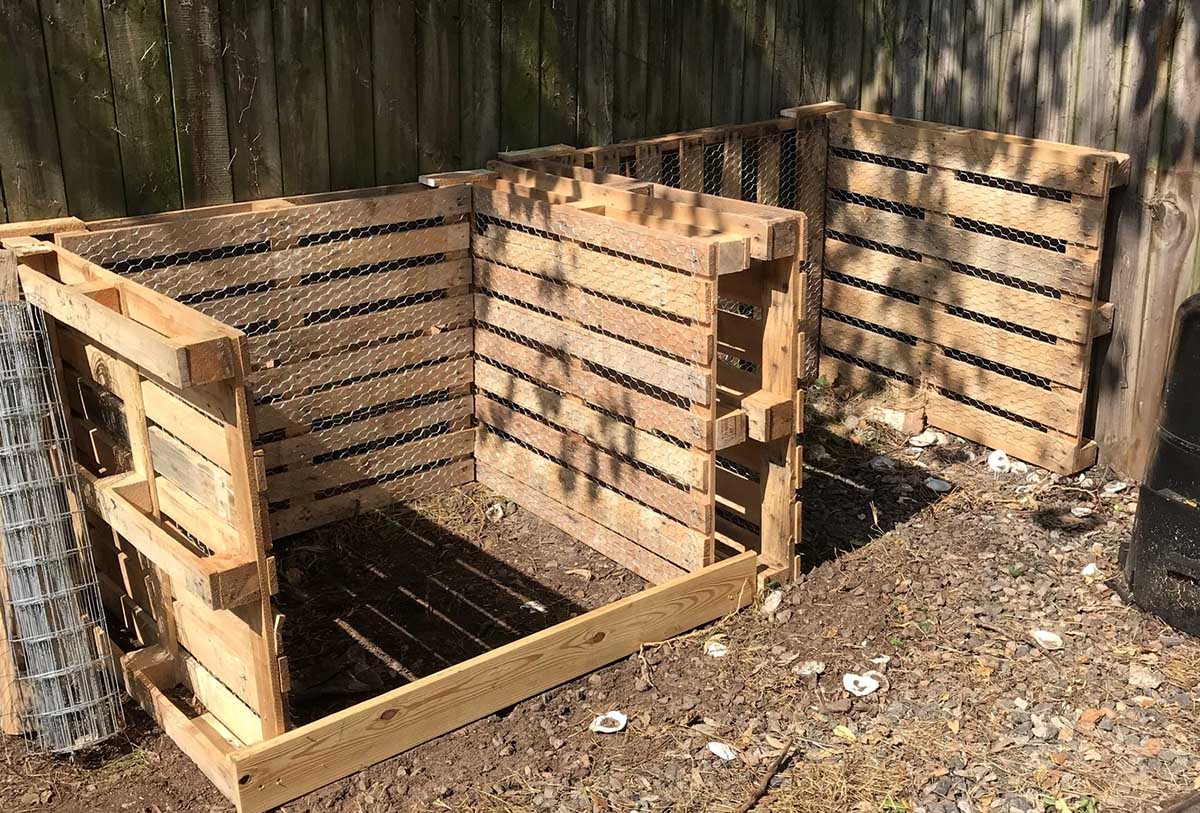
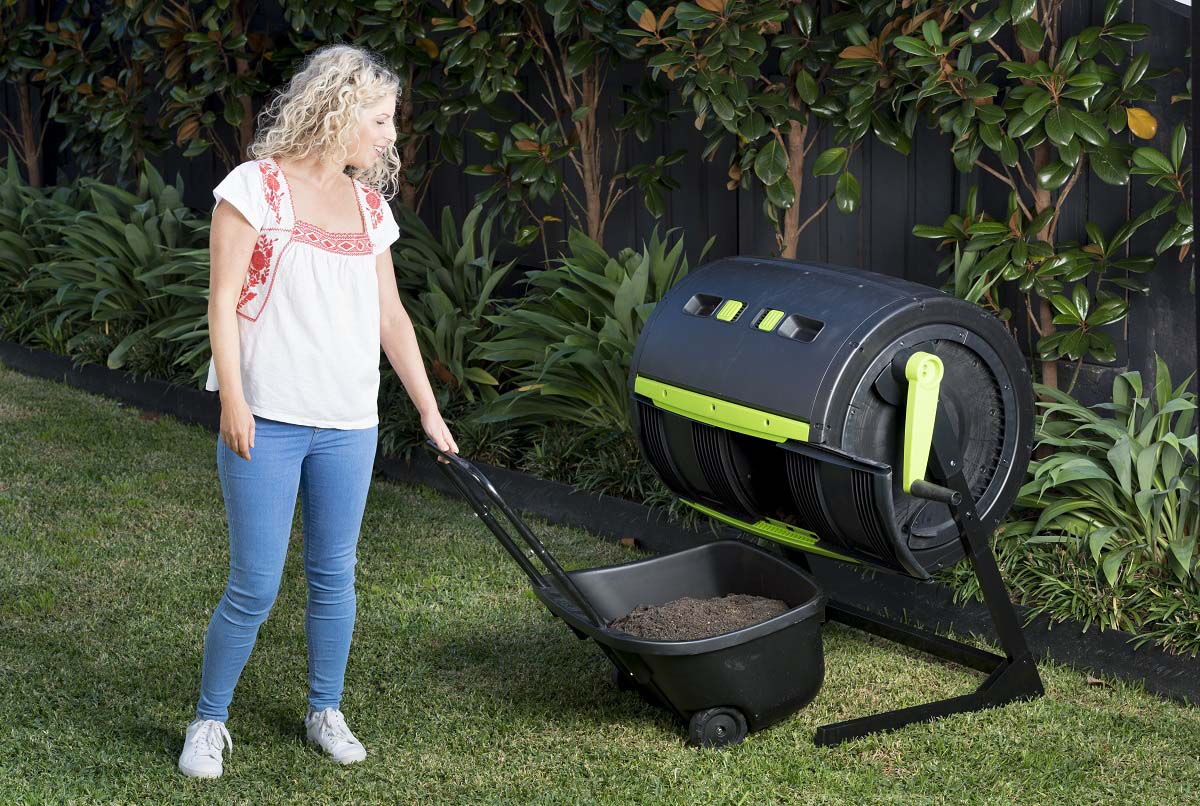

0 thoughts on “How To Get Worms In A Compost Bin”